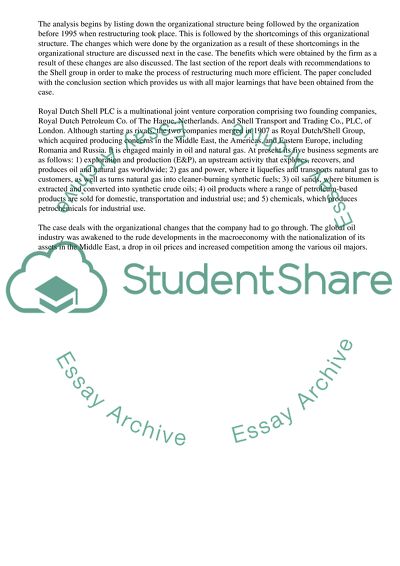Cite this document
(The Royal Dutch Shell Organizational Restructuring Process Case Study, n.d.)
The Royal Dutch Shell Organizational Restructuring Process Case Study. Retrieved from https://studentshare.org/business/1562316-case-report-need-to-add-theory-relvent-to-the-discussion
The Royal Dutch Shell Organizational Restructuring Process Case Study. Retrieved from https://studentshare.org/business/1562316-case-report-need-to-add-theory-relvent-to-the-discussion
(The Royal Dutch Shell Organizational Restructuring Process Case Study)
The Royal Dutch Shell Organizational Restructuring Process Case Study. https://studentshare.org/business/1562316-case-report-need-to-add-theory-relvent-to-the-discussion.
The Royal Dutch Shell Organizational Restructuring Process Case Study. https://studentshare.org/business/1562316-case-report-need-to-add-theory-relvent-to-the-discussion.
“The Royal Dutch Shell Organizational Restructuring Process Case Study”, n.d. https://studentshare.org/business/1562316-case-report-need-to-add-theory-relvent-to-the-discussion.


